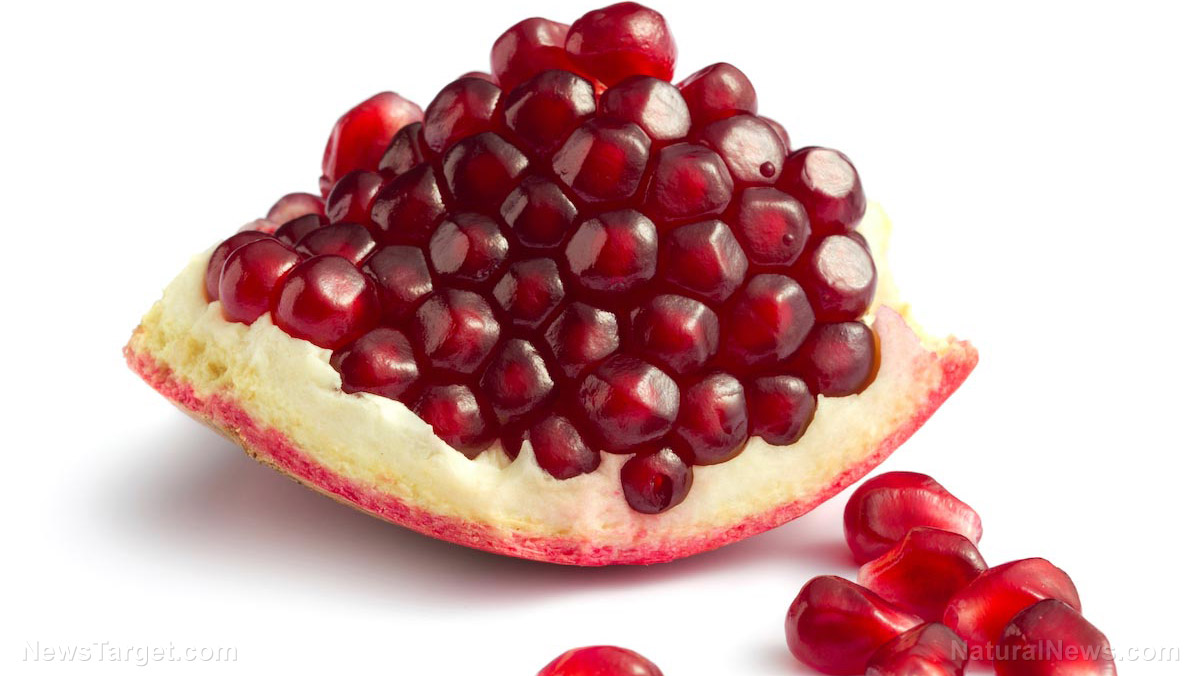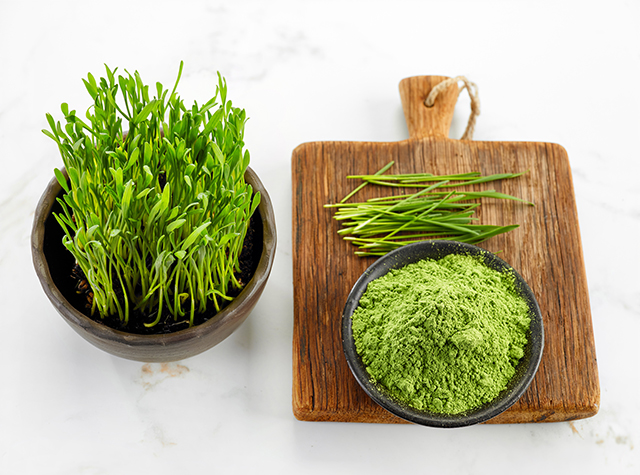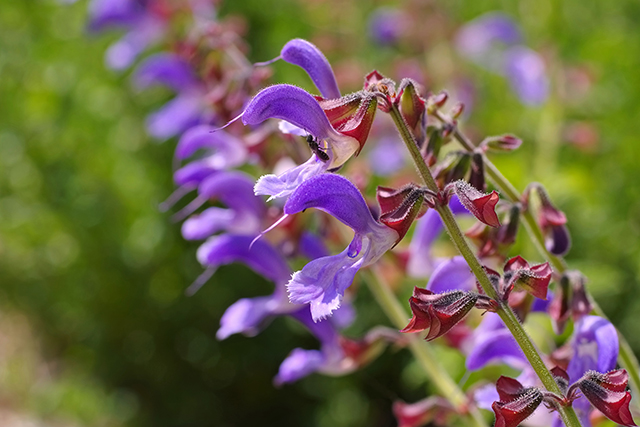
Diabetes mellitus is one of the most prevalent diseases in the world. According to the Centers for Disease Control and Prevention, more than 30 million Americans suffer from this condition. Treating diabetes is very important since this disease increases the risk of heart disease, stroke, kidney failure, vision loss, and premature death. Although there are conventional antidiabetic medications, many people opt not to take them because of their associated side effects. These include extremely low sugar levels, headaches, nausea, tumor formation, and kidney damage. Fortunately, many natural remedies can be used as alternatives for these.
Antidiabetic plants in traditional Persian medicine
In this study, which was published in the Journal of Evidence-Based Integrative Medicine, the researchers looked at various traditional Persian textbooks to determine which plants were used for treating diabetes. They then proceeded to search electronic databases for in vitro, in vivo, and clinical studies that prove the efficacy of these plants. To narrow down their search, they used the keywords "diabetes mellitus," "diabetes," "hypoglycemia," "hypoglycemic effect," as well as the plant name.
From their search, they came up with the following list of Persian medicinal plants with proven antidiabetic activity:
- Gum arabic tree (Acacia arabica) -- The fruits of this plant significantly reduced sugar levels in different animal models. Moreover, its bark is rich in polyphenols that can improve insulin sensitivity for better management of sugar levels.
- Bamboo (Bambusa arundinacea) -- This plant inhibits enzymes involved in the conversion of carbohydrates to sugar, effectively reducing glucose in the bloodstream. It also improves insulin production by promoting the regeneration of cells in the pancreas.
- Frankincense (Boswellia carterii) -- Frankincense has been shown to improve insulin production and protect pancreatic cells from damage that could impair their activity.
- Coriander (Coriandrum sativum) -- The antidiabetic activity of coriander has been proven in animal models as well as in human trials. It effectively reduces sugar and cholesterol levels.
- Licorice (Glycyrrhiza glabra) -- Licorice root contains glycyrrhizic acid that can improve insulin sensitivity, reduce cholesterol levels, and increase insulin production. Moreover, it also has antioxidant activity that can prove beneficial against free radical-induced chronic inflammation.
- Lettuce (Lactuca sativa) -- Similar to bamboo, lettuce also inhibits enzymes for carbohydrate break down. In addition, it improves the condition of insulin-producing cells.
- Common myrtle (Myrtus communis) -- The leaves of this plant were observed to reduce glucose levels in mice with streptozotocin-induced diabetes. It also improves diabetes through the antioxidant activity of one of its components, myricetin.
- Wood sorrels (Oxalis) -- Eating the fruit of wood sorrels leads to significant improvements in glucose levels due to increased production of antioxidant enzymes in the liver.
- Common purslane (Portulaca oleracea) -- A clinical trial proved that seed powder from this plant has many benefits on Type 2 diabetic patients. It reduces sugar and cholesterol levels, improves insulin sensitivity while inhibiting enzymes for glucose production.
- Pomegranate (Punica granatum) -- Drinking pomegranate juice causes significant improvements in sugar and cholesterol levels of Type 2 diabetic patients. This action could be attributed to the presence of the phenolic compound ellagic acid.
- Damask rose (Rosa damascena) and dog rose (Rosa canina) -- The flowers and fruits from Damask rose and dog rose, respectively, have shown potent antidiabetic activity in rats with Type 1 diabetes.
- Common grapevine (Vitis vinifera) -- Different parts of this plant work against diabetes in different ways. The seeds are rich in proanthocyanidins that have potent antioxidant activity while the fruits have polyphenolic compounds that reduce glucose levels and insulin resistance.
Overall, this review proves that many plants in traditional Persian medicine are scientifically proven to have antidiabetic potential. These plants could improve the condition of the millions who suffer from diabetes. (Related: Diabetes has doubled in the U.S. over the last three decades, but industry “experts” claim to have “more control” over the disease than ever.)
For more articles about natural diabetes remedies, visit DiabetesCure.news.
Sources include:
Please contact us for more information.























